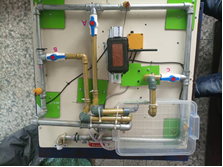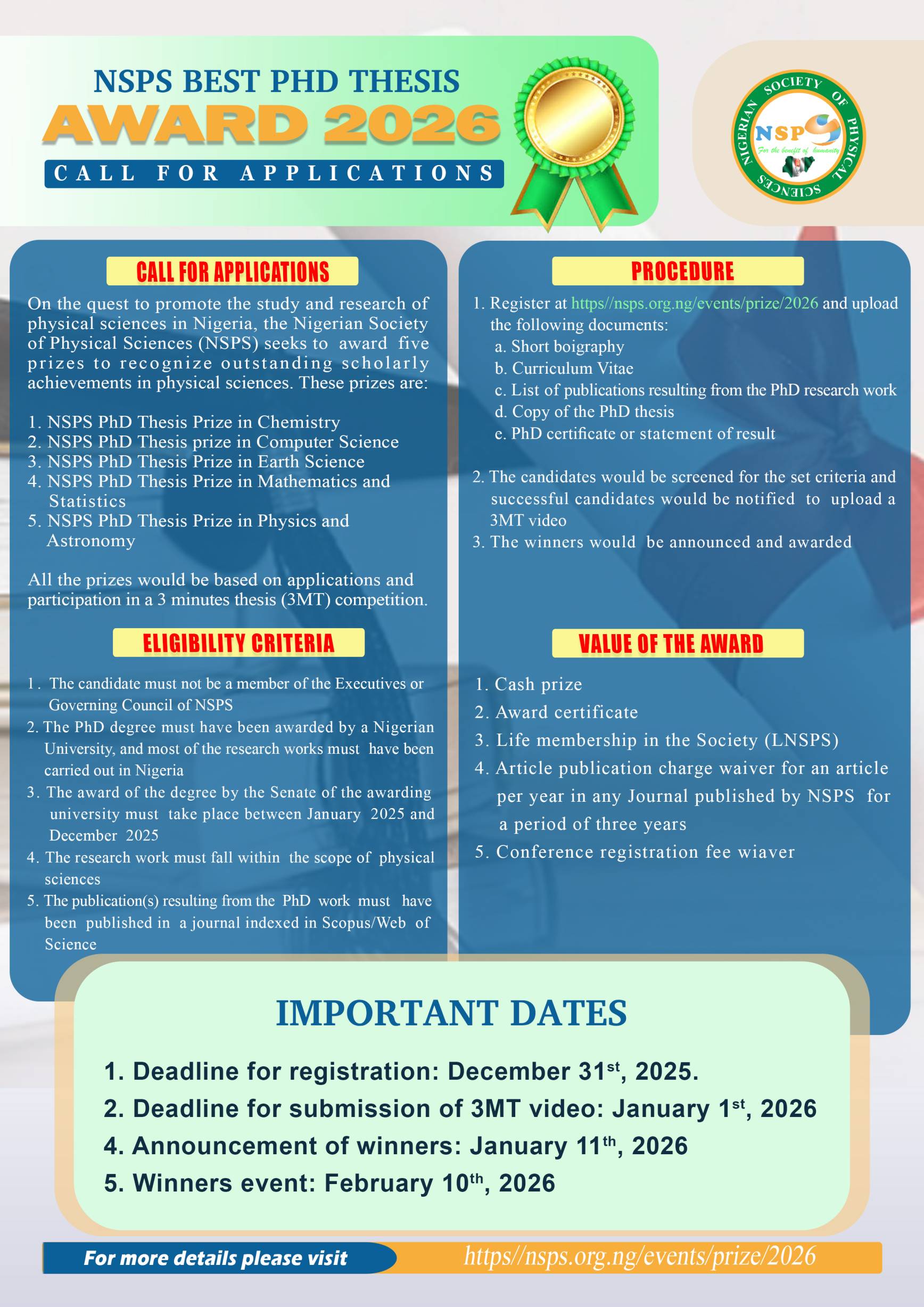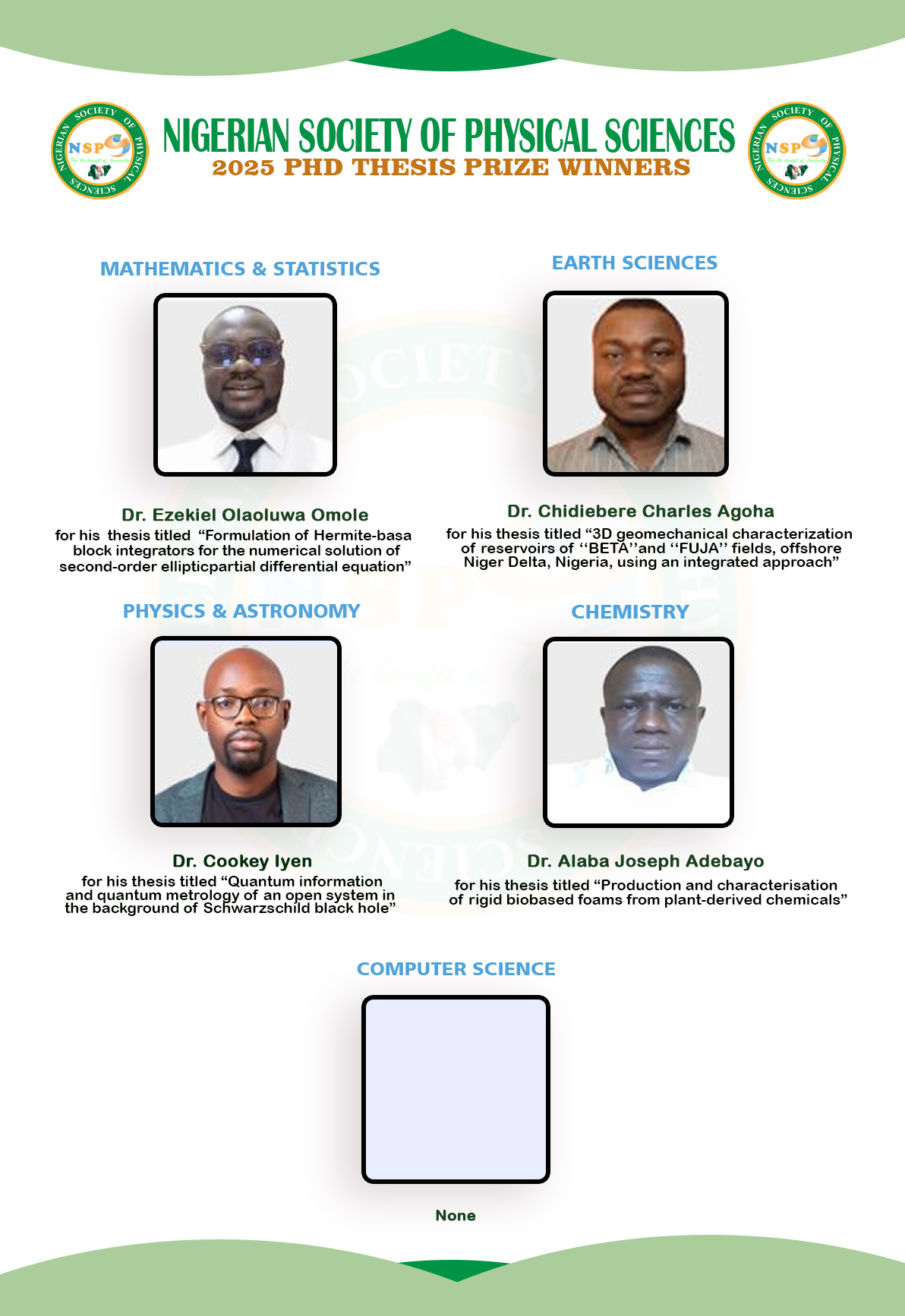Development of internet of things-based petroleum pipeline topology leak monitoring and detection system using sensors
Keywords:
Internet of Things (IoT), Sensors, Petroleum, Pipeline topology, MonitoringAbstract
Transportation of crude oil by pipelines is the safest mode of oil transportation. In Nigeria, over 90\% of oil transported by federally regulated pipelines arrives safely every year. The flow starts from oil fields to flow stations to refineries and export tankers and finally, from refineries to depots. Notably, the transportation of oil by pipeline suffers challenges. The challenges range from natural disasters to attacks and activities carried out by vandals. These activities pose a serious threat to Flora and Fauna and have caused devastating effects on the environment, with remarkable destruction of vegetation cover, water bodies, and arable land. In this study, an Internet of Things (IoT)-Based Petroleum Pipeline Topology Leak Detection and Monitoring System (IoT-BPTLDMS) that is capable of monitoring, detecting, and reporting pipeline topology leakage and reports same to the control room before it graduates to spillage has been developed. This was done by strategically mounting pressure-change detecting sensors along the pipelines which are capable of detecting leakages through changes in fluid pressure and results transmitted with the aid of a Long-Range Wireless Area Network (LoRaWAN) module. The transmitted data captures the date, time, event, and geo-location of the leak site. This data is received in a computer and an Android phone. A prototype was used to study the setup's workings. The prototype controller was programmed using C++ with the Arduino Integrated Development Environment (IDE). The Android Application was assembled with Basic4Andriod. The captured result shows consistency with the area of leakage against the geo-location reported. This shows that this method would be effective in checking and detecting petroleum pipeline leakage, and as such, can solve the problem of quick response to pipeline vandalisation and oil spillage in Nigeria or generally.

Published
How to Cite
Issue
Section
Copyright (c) 2025 Paul Tawo Bukie, Idongesit E. Eteng, Eyo E. Essien (Author)

This work is licensed under a Creative Commons Attribution 4.0 International License.
How to Cite
Most read articles by the same author(s)
- Osowomuabe Njama-Abang, Denis U. Ashishie, Paul T. Bukie, Addressing class imbalance in lassa fever epidemic data, using machine learning: a case study with SMOTE and random forest , Journal of the Nigerian Society of Physical Sciences: Volume 7, Issue 3, August 2025







